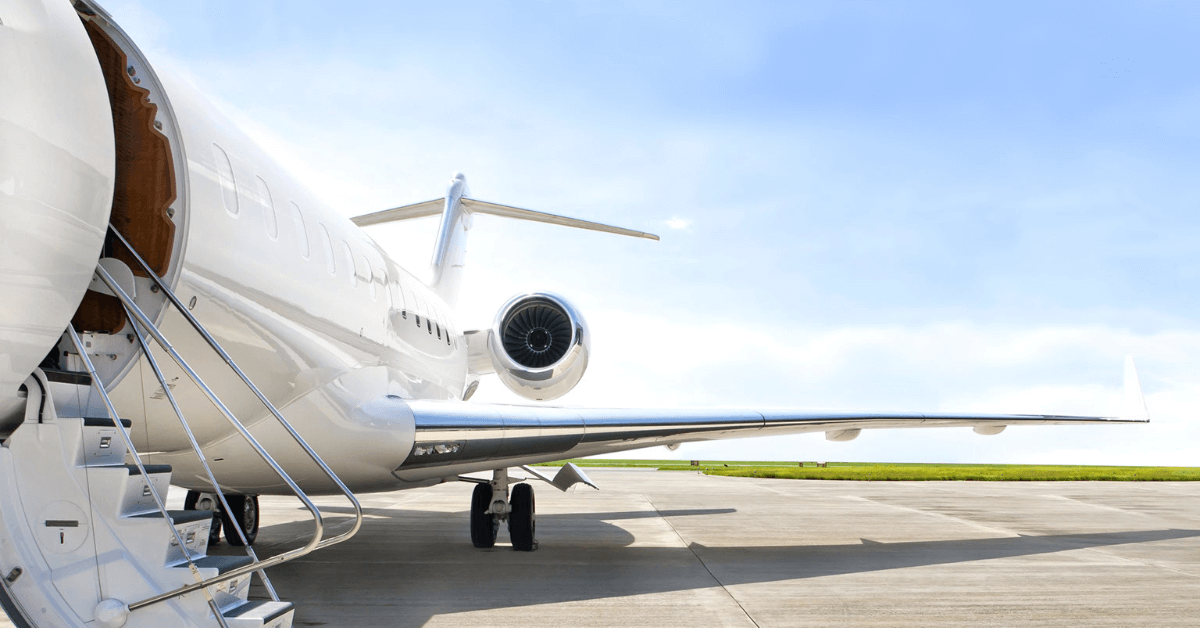
Purchasing an aircraft is a significant investment, and many buyers make common mistakes when evaluating prices. Whether you’re buying a new or used aircraft, understanding these common missteps can help you make a more informed decision and avoid costly mistakes. In this article, we’ll outline the top 5 mistakes that aircraft buyers often make when evaluating aircraft prices and provide tips on how to avoid them.
1. Focusing Only on the Initial Purchase Price
One of the most common mistakes buyers make is focusing solely on the initial purchase price of the aircraft. While this is an important factor, it doesn’t tell the whole story. The true cost of owning an aircraft involves more than just the upfront price—it also includes ongoing operating costs, maintenance, insurance, and other factors.
What to Consider Instead:
-
Operating Costs: Consider how much it will cost to operate the aircraft on an annual basis. This includes fuel, maintenance, storage, and insurance.
-
Long-Term Costs: Don’t just look at the initial purchase price; think about the aircraft’s longevity and how much it will cost to keep it in good condition over time.
-
Resale Value: Evaluate how much the aircraft is likely to depreciate over time and its resale value.
2. Ignoring the Aircraft’s Condition and Maintenance History
Many buyers get caught up in price comparisons without thoroughly evaluating the aircraft’s condition. The condition of the aircraft plays a major role in its price and long-term value. An aircraft that appears to be priced competitively may require significant repairs, which can add up quickly.
What to Consider Instead:
-
Maintenance Records: Always ask for detailed maintenance logs and check the aircraft’s service history. Regular maintenance and repair history are key indicators of how well the aircraft has been cared for.
-
Aircraft Inspection: Have the aircraft thoroughly inspected by a certified mechanic before making any decisions. A pre-purchase inspection can uncover hidden issues that may affect the value or safety of the aircraft.
3. Not Considering Market Trends and Demand
Aircraft pricing is not static—it fluctuates based on market trends and demand. Many buyers make the mistake of overlooking how the market can affect the pricing of a specific type or model. For example, the prices of aircraft may increase if there is a surge in demand for certain models or types, or if there is a shortage of available aircraft in a specific market.
What to Consider Instead:
-
Market Trends: Research the current market trends and price fluctuations for the type of aircraft you’re interested in. Understand whether the market is experiencing an upward or downward trend.
-
Aircraft Demand: Some aircraft models are in higher demand than others. If you’re looking at a less common model, there may be fewer comparable sales to base your price evaluation on.
4. Overlooking Hidden Costs of Aircraft Ownership
The cost of owning an aircraft is often more than what meets the eye. Buyers sometimes forget to factor in the many additional costs that are associated with ownership. These hidden costs can significantly impact the overall cost of the aircraft.
What to Consider Instead:
-
Hangar Fees and Storage: Aircraft storage fees at hangars or airports can add up over time. Be sure to include these costs in your price evaluation.
-
Insurance Costs: Aircraft insurance can vary greatly based on the aircraft’s value, use, and pilot experience. It’s essential to factor in insurance premiums as part of your total ownership cost.
-
Fuel Costs and Other Operating Expenses: Depending on the size and type of aircraft, fuel costs can be substantial. Maintenance, parts replacement, and unexpected repairs also contribute to ongoing expenses.
5. Not Researching Comparable Aircraft Prices
A common mistake buyers make is failing to research comparable aircraft prices. Without knowing what similar aircraft are being sold for in the market, it can be difficult to assess whether a particular aircraft is priced fairly. Prices can vary based on factors like age, model, and condition, so it’s important to gather enough information to make an informed comparison.
What to Consider Instead:
-
Comparable Sales Data: Research similar models and make sure you understand what a fair price range looks like for the aircraft you’re considering. Use resources like aircraft pricing guides, online marketplaces, and brokers to compare prices.
-
Auction Results: Look at auction results for similar aircraft. This can give you insight into how the aircraft you’re considering stacks up in the broader market.
Conclusion
When evaluating aircraft prices, it’s crucial to look beyond the initial price tag and consider all the associated costs, the aircraft’s condition, and the market factors that can influence pricing. Avoiding these common mistakes can help you make a smarter, more informed decision that aligns with your budget and long-term goals.
By focusing on the true cost of ownership, conducting thorough research, and seeking professional advice, you can ensure that you make a well-informed purchase that adds value to your aviation experience.
